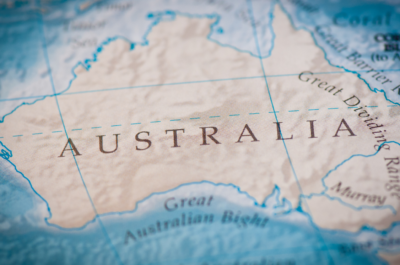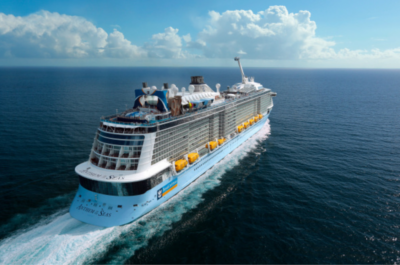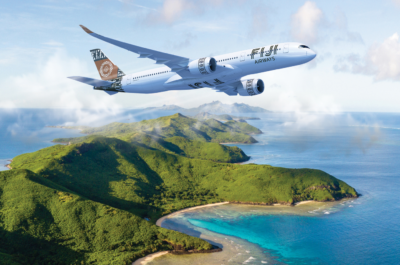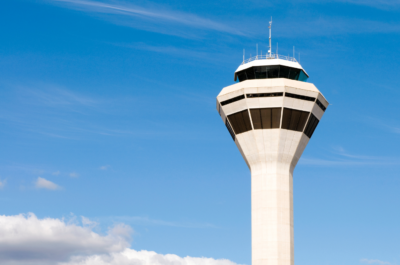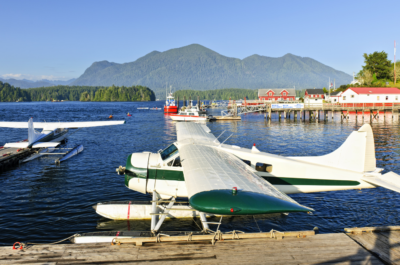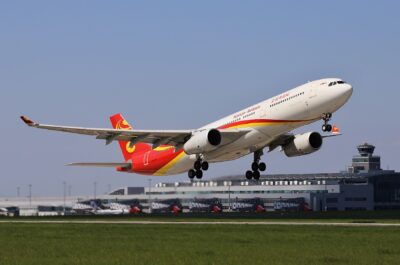…
 You think you are paying more at the corner gas station? Checkout what the airline industry is looking at! If the current price of jet fuel was the average for the year? It would collectively cost the eight largest airlines over nine billion dollars more in fuel expense for 2011 than they paid in 2010!
You think you are paying more at the corner gas station? Checkout what the airline industry is looking at! If the current price of jet fuel was the average for the year? It would collectively cost the eight largest airlines over nine billion dollars more in fuel expense for 2011 than they paid in 2010!
The recent price of crude oil has been approximately $105 per barrel. Jet aircraft require a different grade of fuel that gets refined from crude oil. Last weeks cost for a barrel of jet fuel was a staggering $132 per barrel. The $27 difference between the crude oil and jet fuel is called the “crack spread” which is more-or-less the market driven price for refining crude oil into jet fuel. Just like the price of crude oil goes up and down the crack spread moves in a very broad range, typically from ~$8 – $32.
Last year the average price for crude oil was $79.48 per barrel. The average price per gallon of jet fuel was $2.149 or $90.26 per barrel. That equates to $10.78 for the average crack-spread (Prices are based on the spot price published by the Energy Information Administration).
All of the major airlines excluding US Airways have a sophisticated fuel hedging program that no human being can really understand. To keep it simple, “hedging” is like insurance against sudden price increases. Most of the airlines pay up front or commit cash to purchase fuel into the future at a more or less defined price. Keeping in mind these hedging programs are always changing. Most airlines currently have 30-50% of their next six months fuel hedged at approximately $85-$90 per barrel of crude.
30-50% of anticipated fuel usage may not sound like a lot but the reality is the airlines can end up losing $billions if they hedge in the wrong direction and they can save $billions if their hedges work out. It’s important to note hedging is very expensive and ties up a lot of cash. US Airways has not hedged over the last couple of years and has generally maintained a net fuel cost advantage over their competitors.
The following chart provides multiple projections for the 2011 increase in fuel expense over what it was in 2010. Calculations are based on the year-over-year percentage increase in jet fuel price per gallon.

To provide some perspective, each airline’s total operating revenue and operating income for 2010 is shown. The number highlighted in red is approximately where each airline will begin to have an operating loss. Assumptions are made that each airline’s operating revenue will increase by ~15% over 2010. Estimates for each airline’s current fuel hedging program have been taken into account.
With the current price of jet fuel running 45% higher than last year’s average, there is potential for the eight airlines above to accumulate over nine billion in added expenses compared to last year. It should come as no surprise that the airlines must find ways to increase revenues and/or decrease costs to match these large fuel price increases. Fuel is every airline’s highest expense item and covers more than 30% of an airline’s total revenue.
Robert Herbst is an independent airline industry consultant. He is the founder of AirlineFinancials.comwhich provides airline industry analysis and commentary for major US carriers. In addition to his consulting work, Mr. Herbst was a commercial airline pilot for over 35 years. His aviation experience and financial background provide a unique analytical perspective into the airline industry.















